Micronics Caslon II 600W PSU Review: A Low-Cost Gem?
Why you can trust Tom's Hardware
Teardown & Component Analysis
Before proceeding with this page we strongly encourage you to a look at our PSUs 101 article, which provides valuable information about PSUs and their operation, allowing you to better understand the components we're about to discuss.
| General Data | |
|---|---|
| Manufacturer (OEM) | High Power |
| Primary Side | |
| Transient Filter | 4x Y caps, 3x X caps, 2x CM chokes, 1x MOV, 1x CMD0X |
| Inrush Protection | NTC thermistor |
| Bridge Rectifier(s) | 1x GBU1006 (600V, 10A @ 100°C) |
| APFC MOSFETs | 2x Infineon IPA60R190P6 (650V, 12.7A @ 100°C, 0.19Ω) |
| APFC Boost Diode | 1x BYC10-600 (600V, 10A @ 78°C) |
| Hold-up Cap(s) | 1x Teapo (400V, 560uF, 3000h @ 105°C, LM) |
| Main Switchers | 2x MagnaChip MDP18N50B (500V, 11A @ 100°C, 0.27Ω) |
| Combo APFC/PWM Controller | Champion CM6805 & CM03X Green PFC controller |
| Topology | Primary side: Double bridge Secondary side: Non synchronous (passive) rectification & group regulation scheme |
| Secondary Side | |
| +12V Rectifiers | 4x PFR30L60CT (60V, 30A @ 50% duty cycle) |
| 5V & 3.3V | 2x Mospec S40D45 (45V, 40A @ 100°C) |
| Filtering Capacitors | Electrolytics: Teapo (3000 @ 105°C, SC) |
| Zero Wattage Controller | Micronics HM-STB01 |
| Supervisor IC | Grenergy GR8313 (OVP, UVP, SCP, PG) |
| Fan Model | Globe Fan S1202512L (120mm, 12V, 0.18A, Fluid dynamic bearing) |
| 5VSB Circuit | |
| Standby PWM Controller | Power Integrations TNY278PN |
This PSU is made by High Power, though Micronics seems to have played a role as well since it provides the zero-wattage controller that allows the fan to spin even after shutting down.
The platform is old. It features a group regulated scheme on its secondary side, along with passive rectification. By today's standards, this is a weird combination, especially since some similarly-priced PSUs come equipped with DC-DC converters for generating the minor rails. A group regulation scheme means that the PSU's performance with unbalanced loads on its rails will be terrible.
Teapo SC caps are used on the secondary side. They're not among our favorites. However, they're still of higher quality than some of the Chinese stuff other OEMs use in their budget-oriented models. The Teapo bulk cap has a long lifetime rating, and it's nice to see a true FDB fan at this price range.
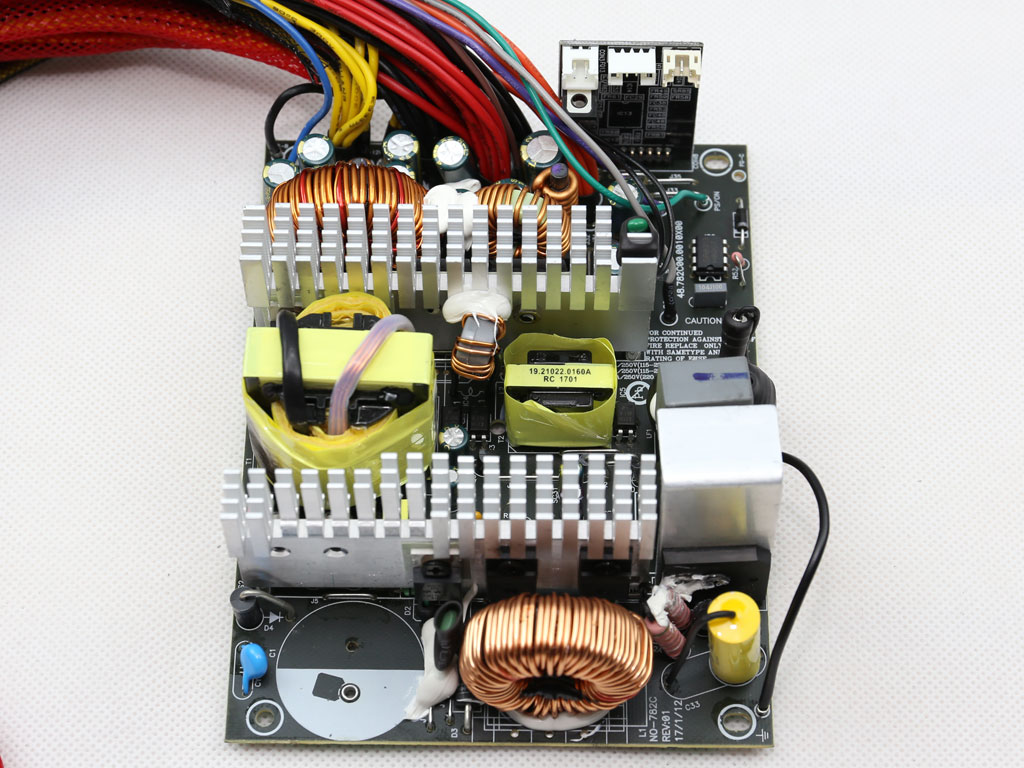

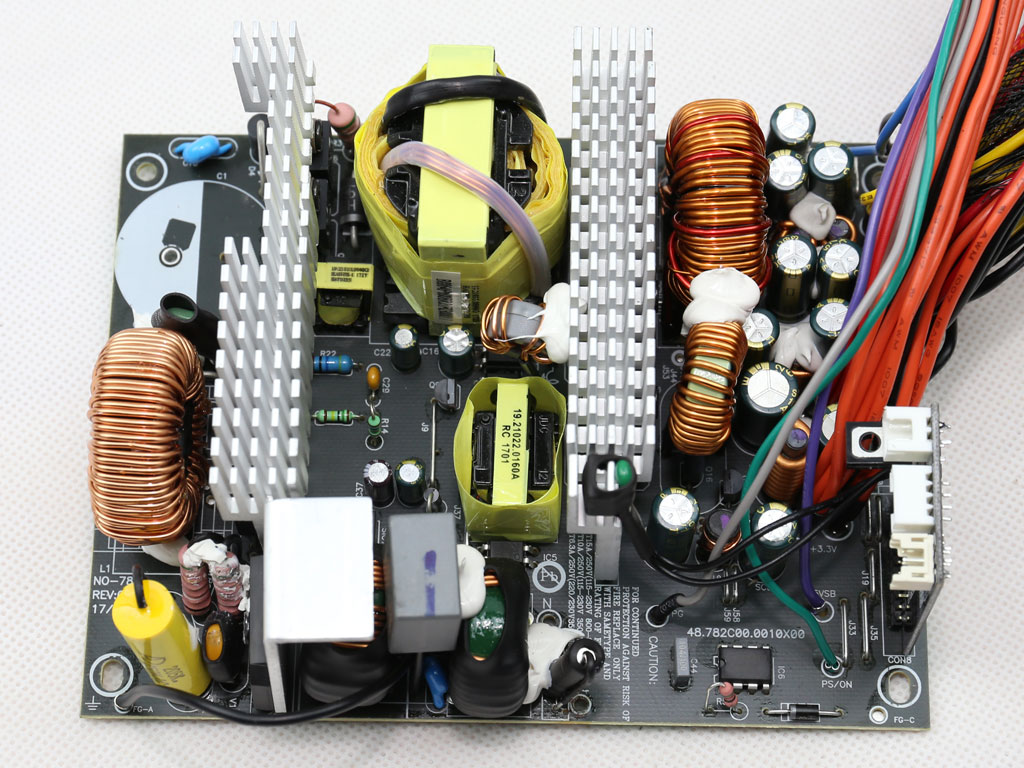

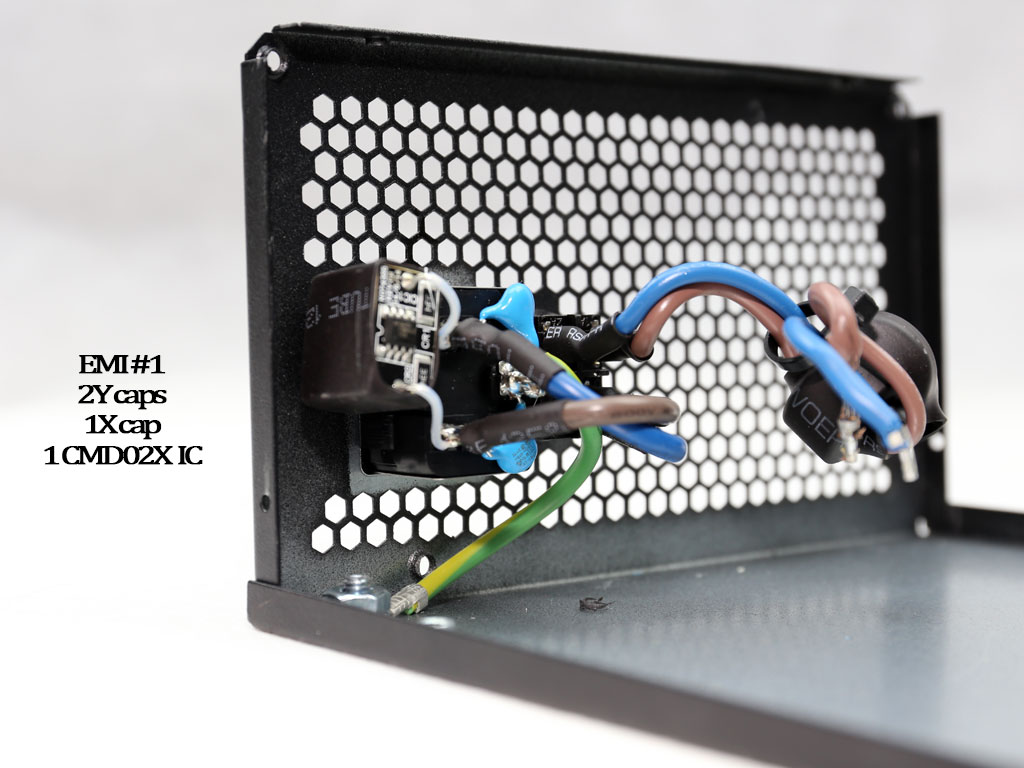
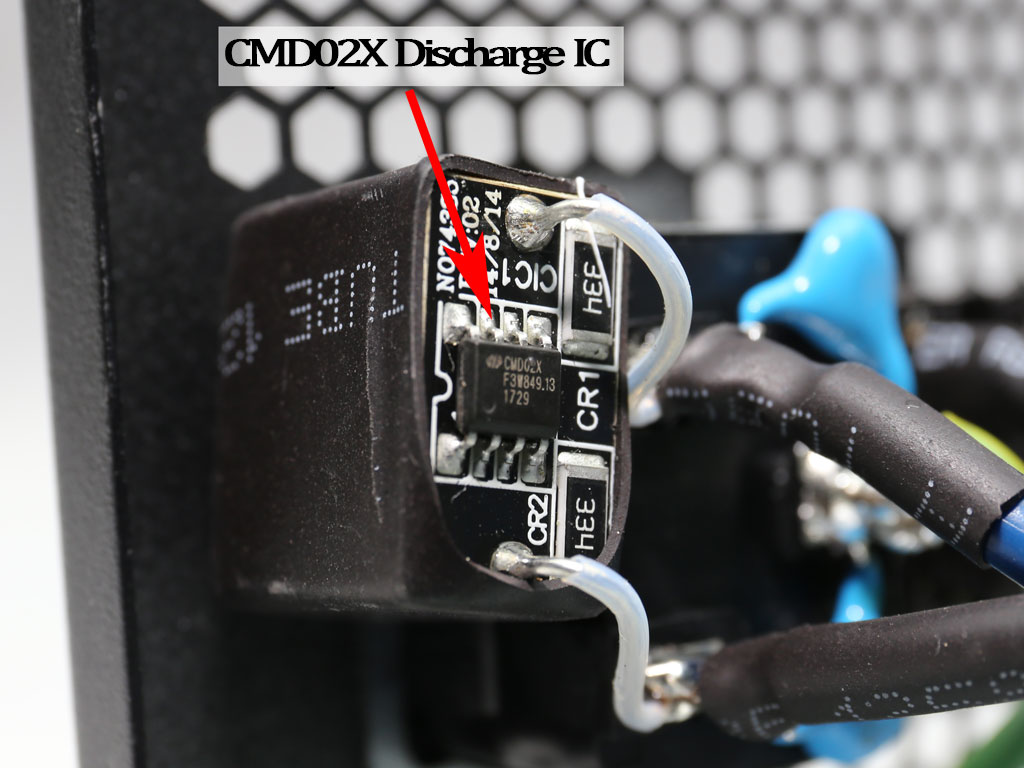
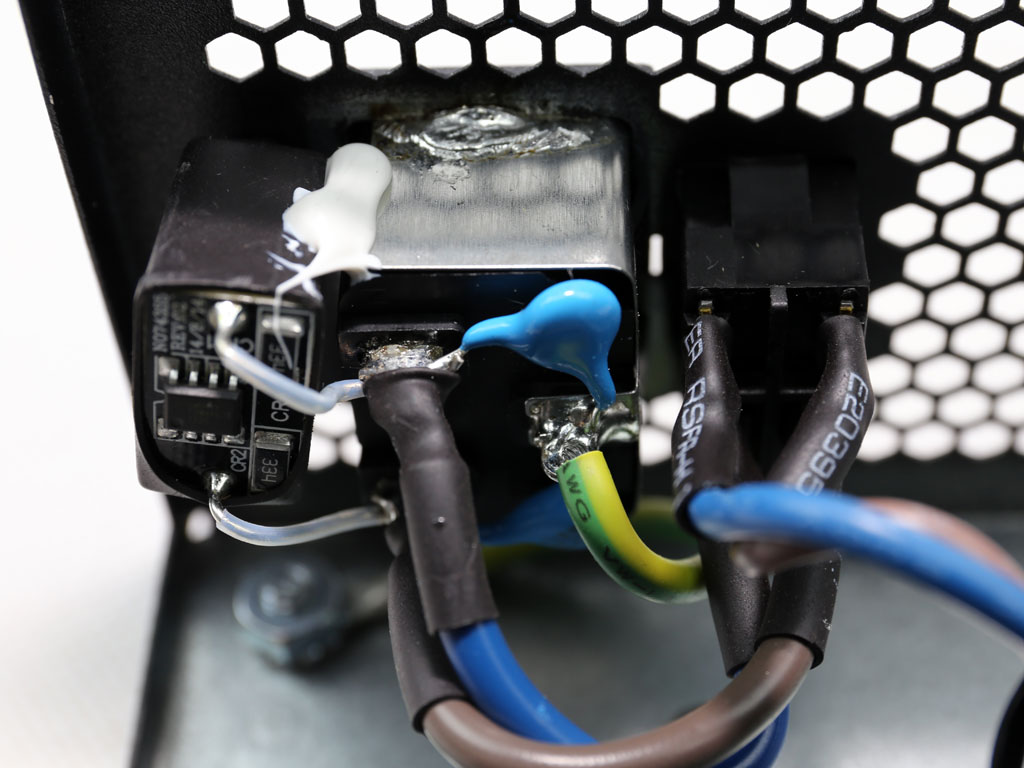

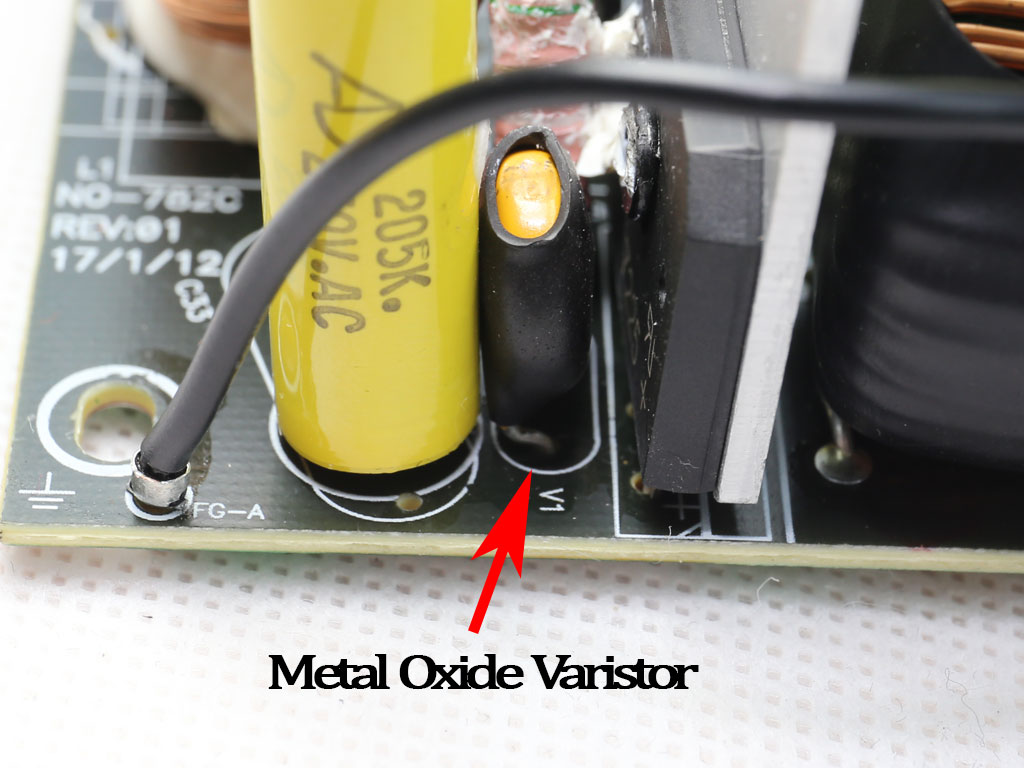
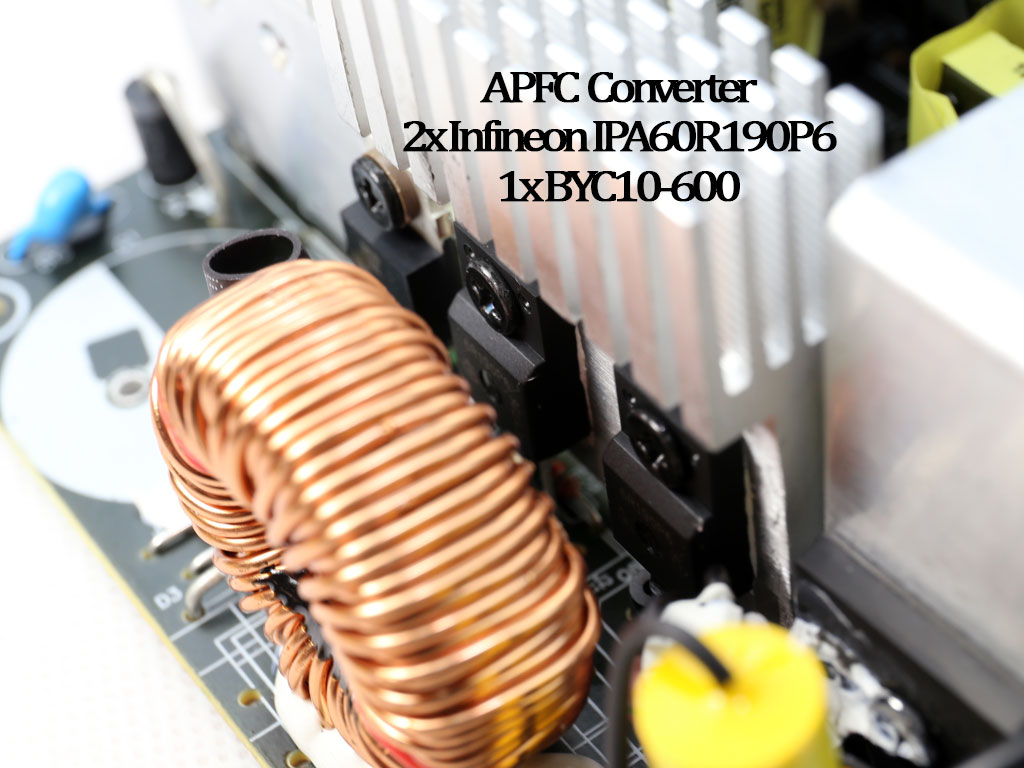

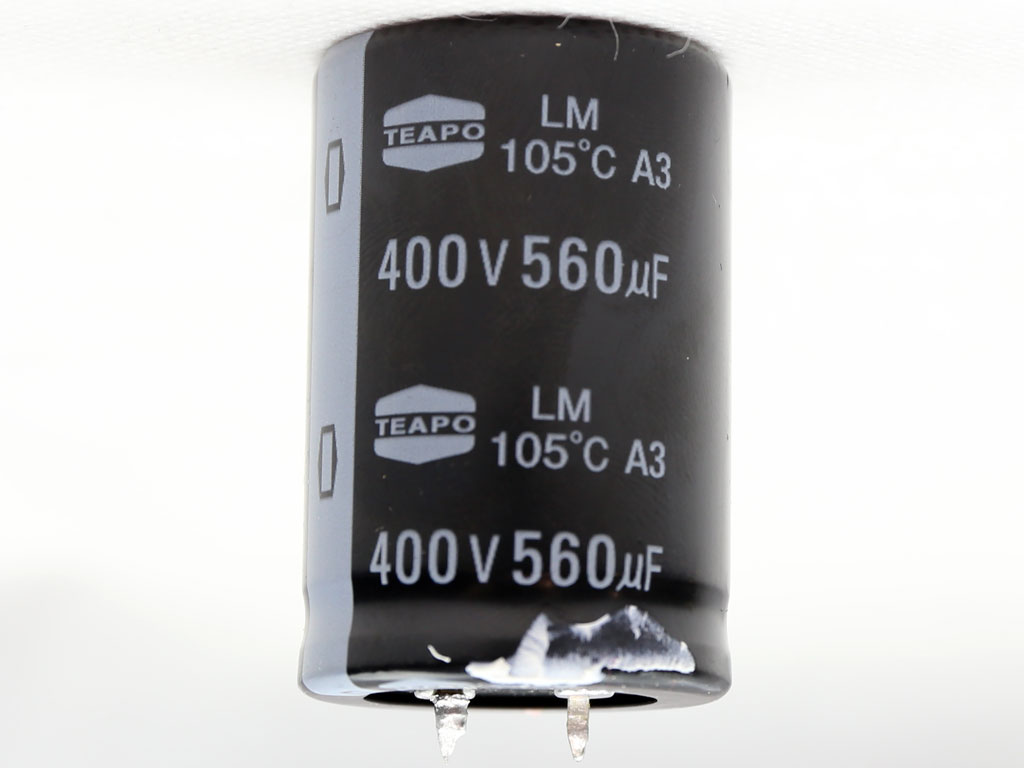
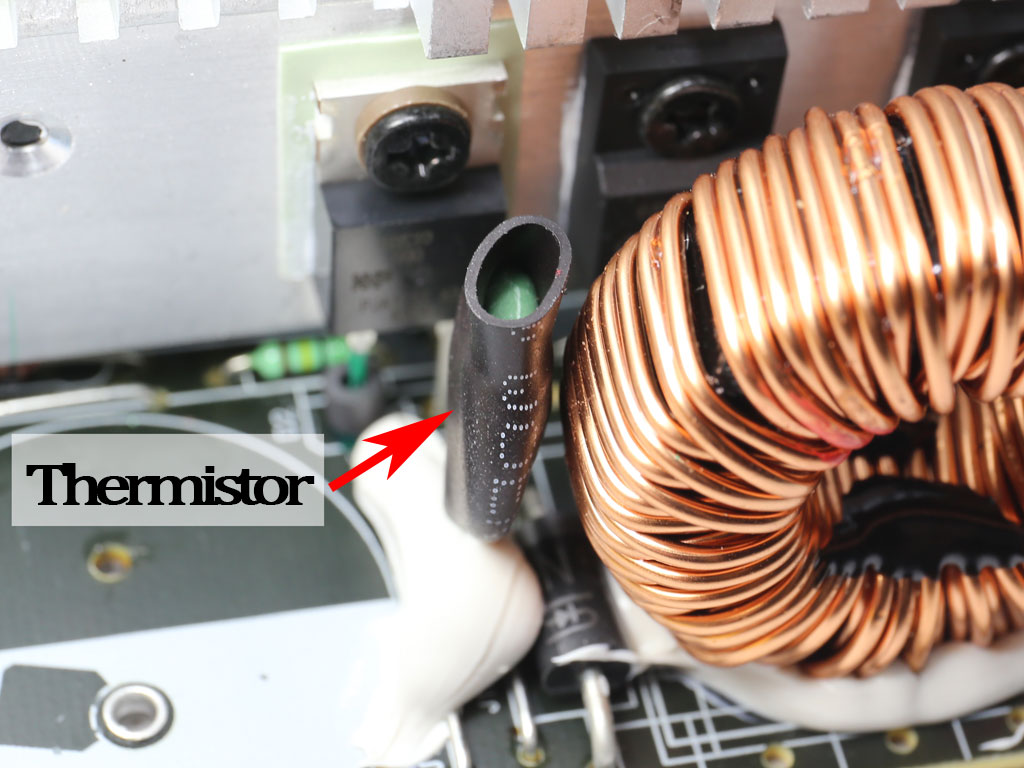

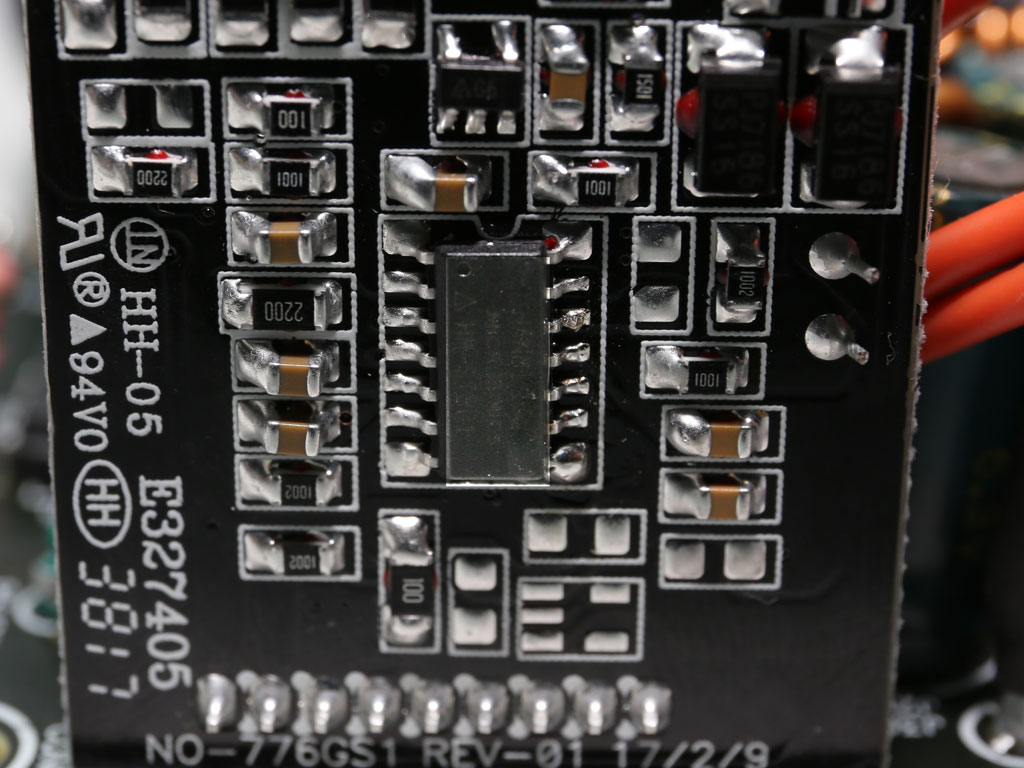
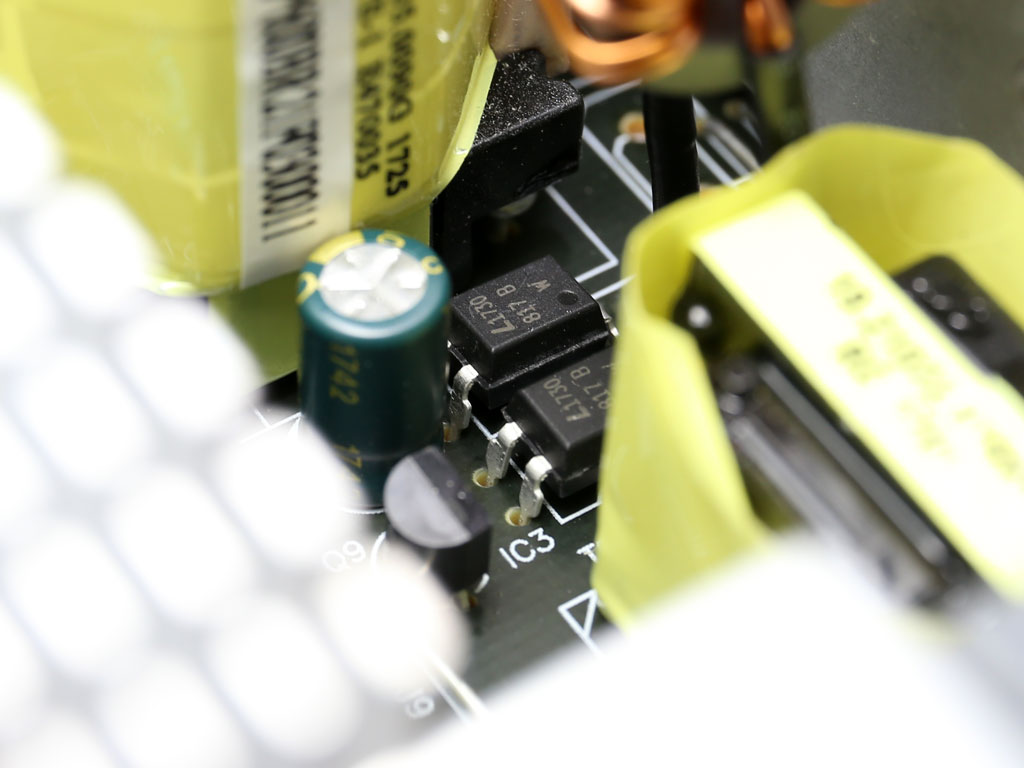


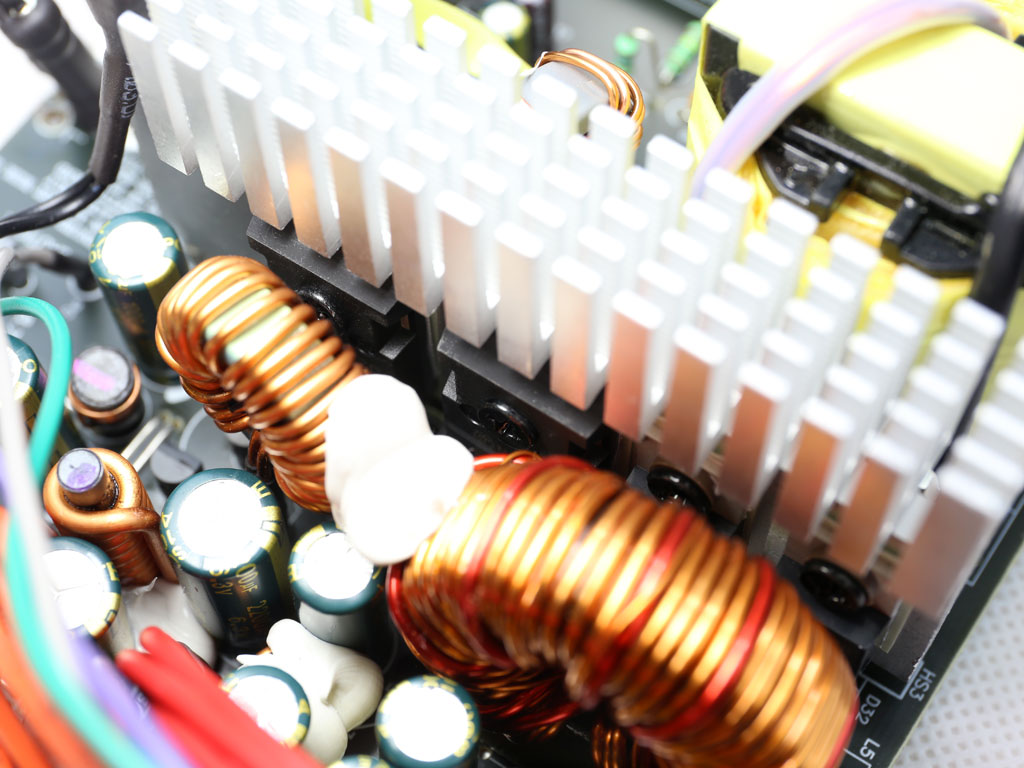

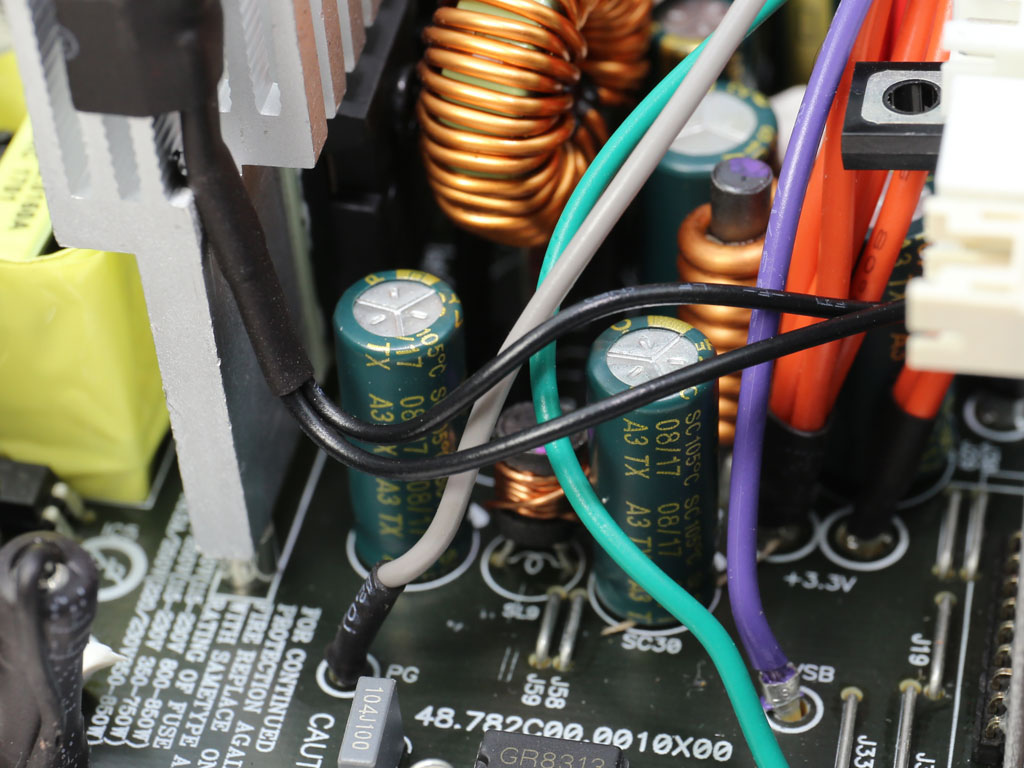
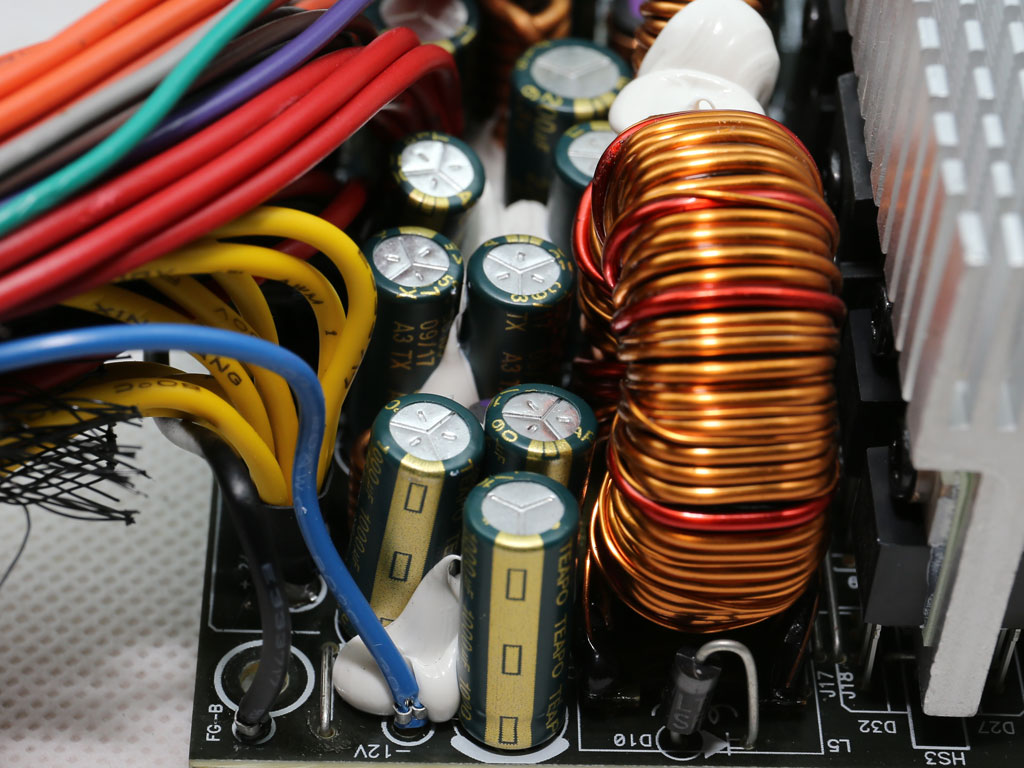


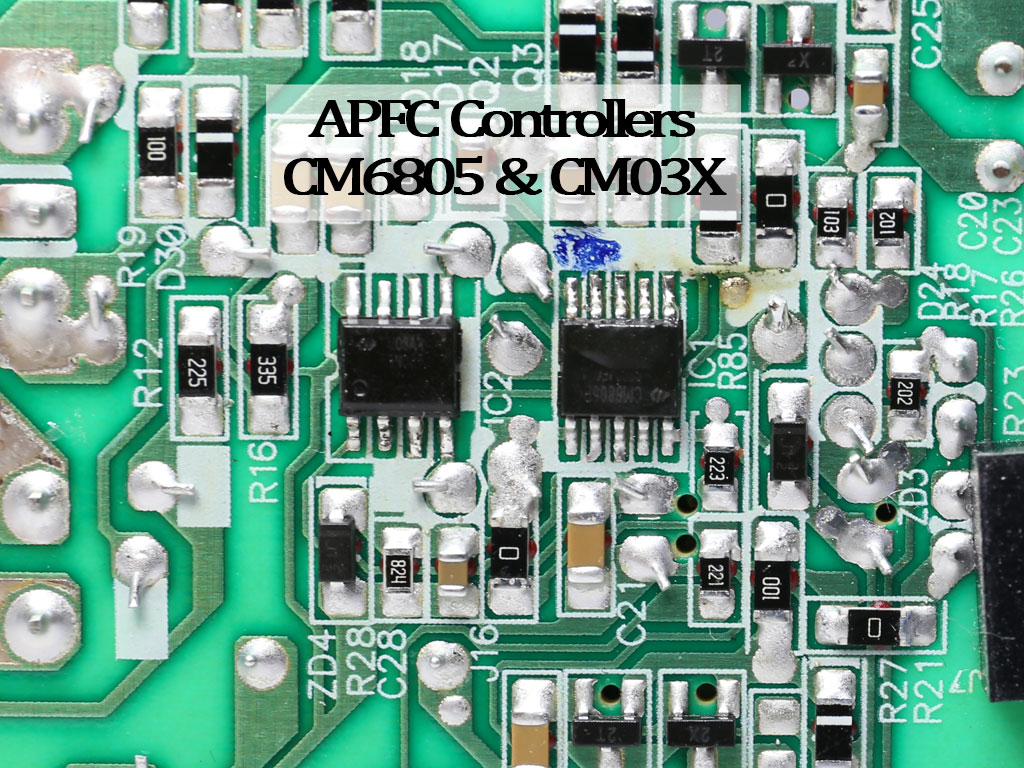
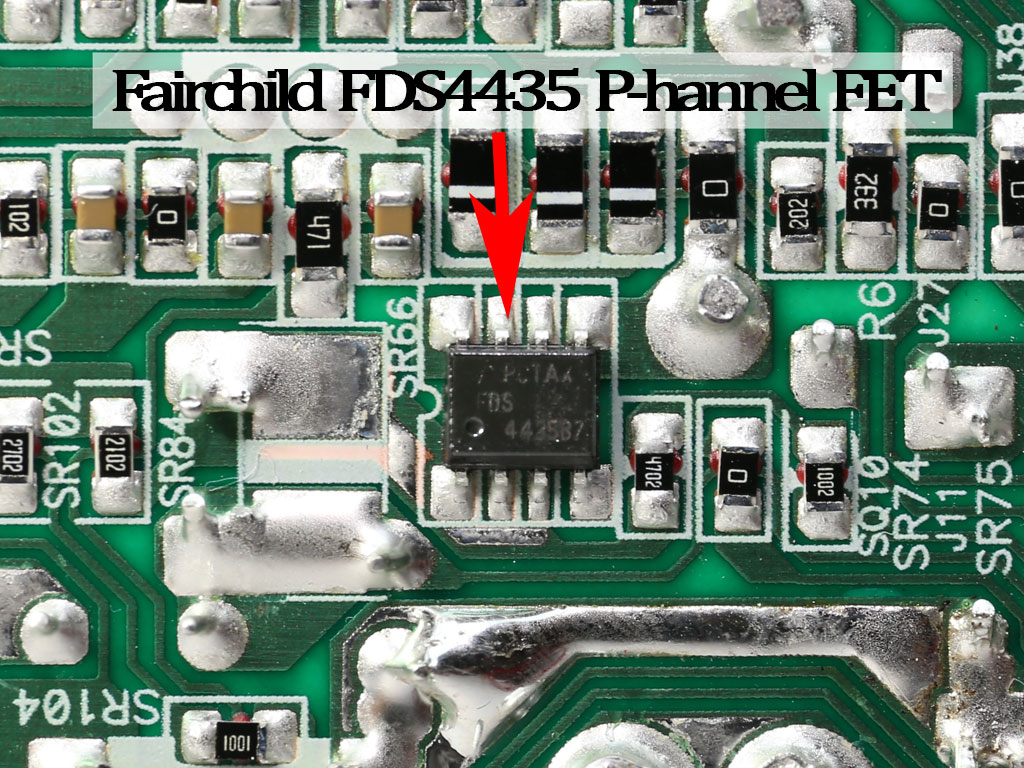


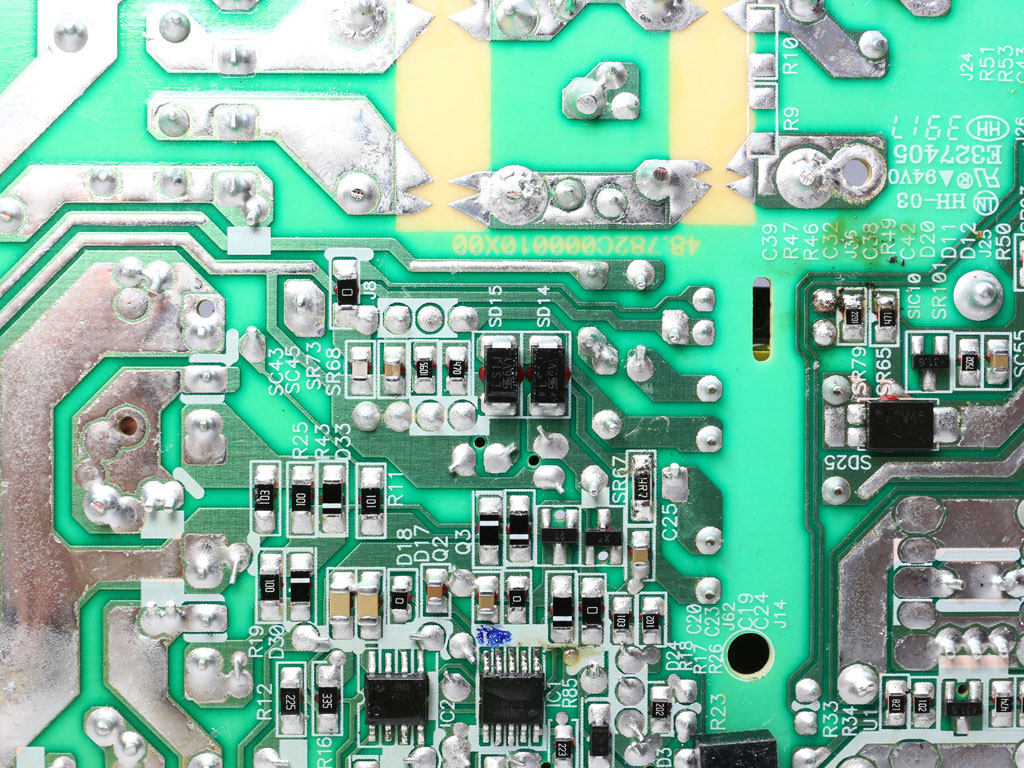
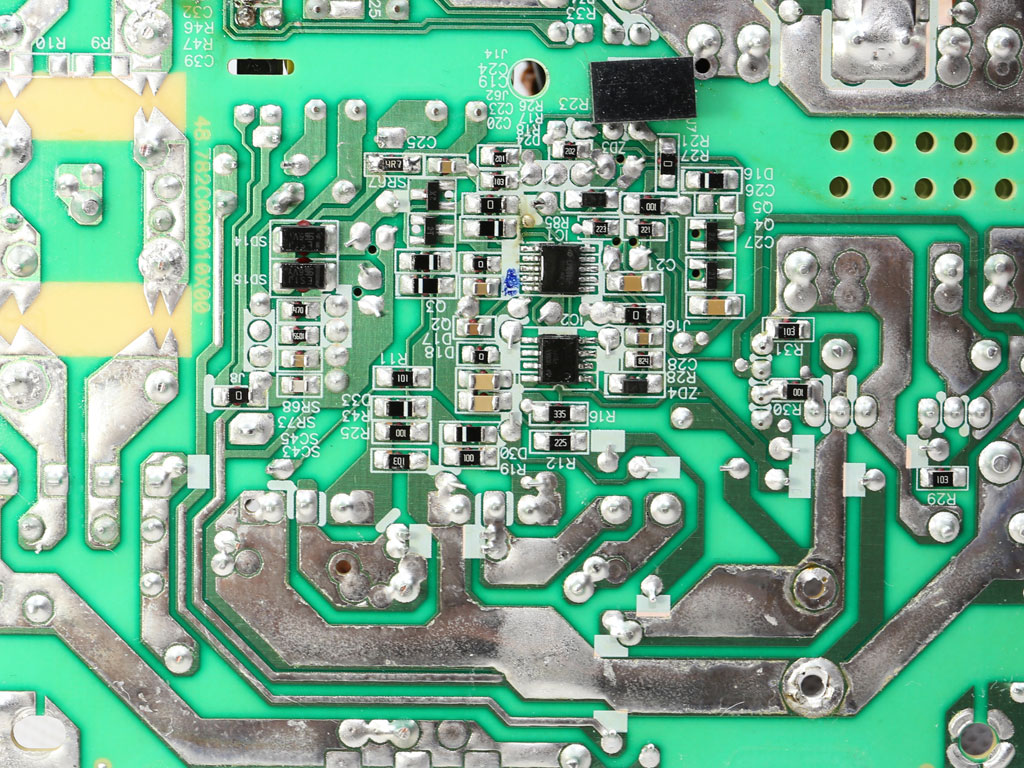

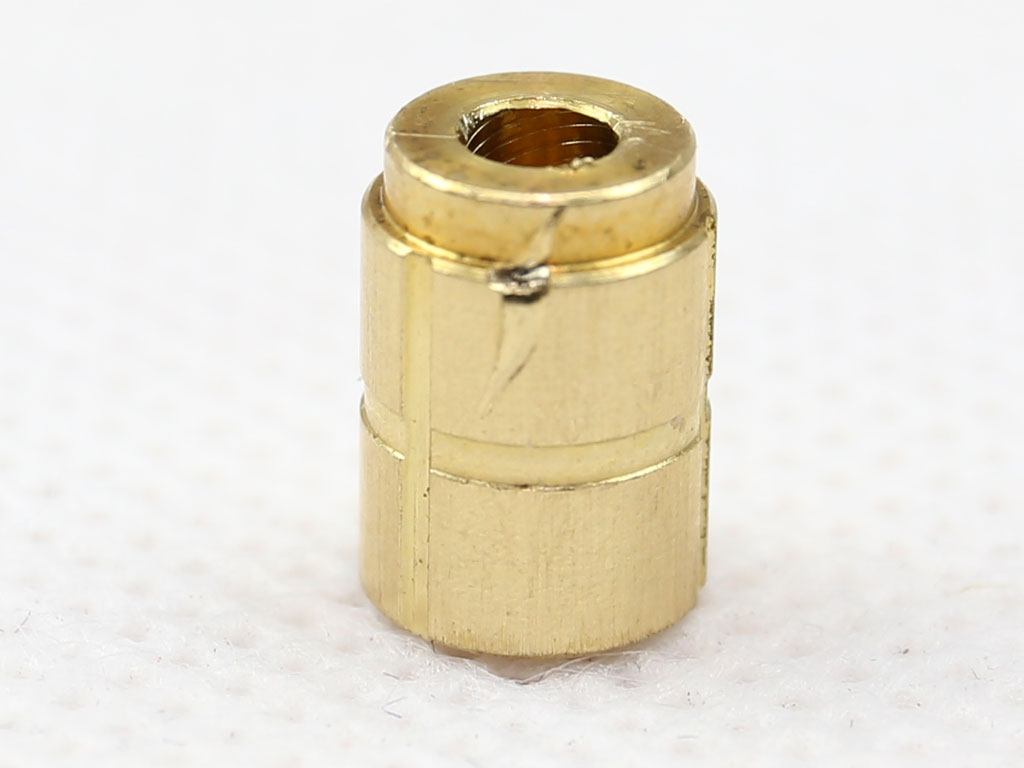
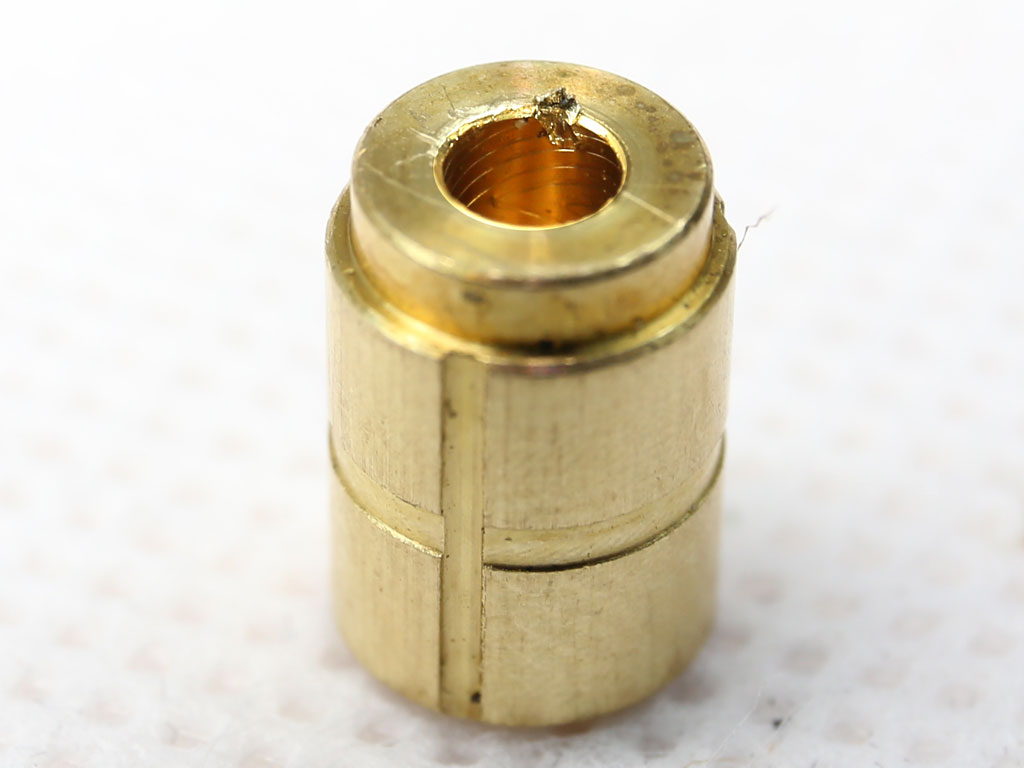
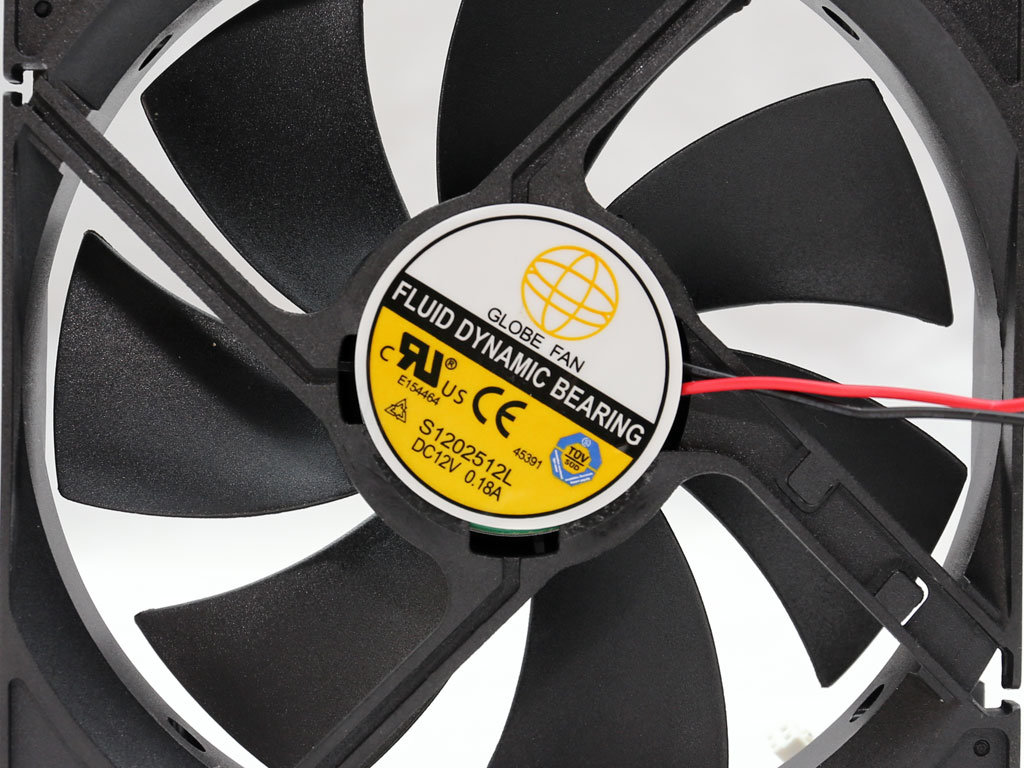
These photos show the PSU's major parts.
Here is the fan's fluid dynamic bearing. Inside, you can see the spiral grooves characteristic of this bearing type.


































Our first sample died during the over-power protection test. Its bridge rectifier was fried, and a resistor close to the primary FETs exploded.
Get Tom's Hardware's best news and in-depth reviews, straight to your inbox.
The following video shows the Caslon II’s internals.
MORE: Best Power Supplies
MORE: How We Test Power Supplies
MORE: All Power Supply Content
Current page: Teardown & Component Analysis
Prev Page Unboxing Video Next Page Load Regulation, Hold-Up Time & Inrush Current
Aris Mpitziopoulos is a contributing editor at Tom's Hardware, covering PSUs.
-
nobspls Why would anyone choose this one say over the Corsair CX650M? Which you can get typically for $50.Reply -
spentshells " Not only does this minimize your carbon footprint"Reply
The idea of conserving electricity is a fallacy, if you use less the people selling can sell more to someone else..... they aren't just holding on to the energy you saved because you're a hero saving the world.
Making your footprint smaller doesn't matter in the least when someone else's foot print just gets that much bigger.
Save some money, sure but for how long? The less you use the more they can charge for that smaller amount later on..... that's how it is.
On a different note, Ill likely try the psu out at one point on a build for someone else. -
rohs42 > The idea of conserving electricity is a fallacyReply
No it isn't. Of course a 100 megawatt generator will not be turned off if someone saves 10 watts of power. But if a 10 million people save 10 watts of power, then of course it will be turned off. And if 100 million people save 10 watts, then there'll be no business case for that new gigawatt power plant.
As citizens, consumers and voters we all bear a small share of responsibility for the state of the world, and we all have a small part to play in making it better. It's only through working together that humanity improves. Your appeal to helplessness and apathy is pathetic. -
jabliese Hey Tom's,Reply
Once upon a time, we had an extensive brown out at work, which went on for 3 days. On day 2, I was surprised to find many of the PC's that were still working were on 60v power. Over the years, it did not seem to have a adverse affect on any of the power supplies. Lately, I have been wondering what their efficiency numbers looked like during that time, any chance you could add a severe undervolt test to the power supply suite? -
Aris_Mp 60V is too low. Most PSUs won't even work at such low voltage. I am surprised to hear that the PSUs at your work were working under such conditions for days.Reply
Efficiency drops along with voltage input. I want to add more protection tests, however I already have enough fails with the current ones. Nonetheless, I am keeping every suggestion under consideration.